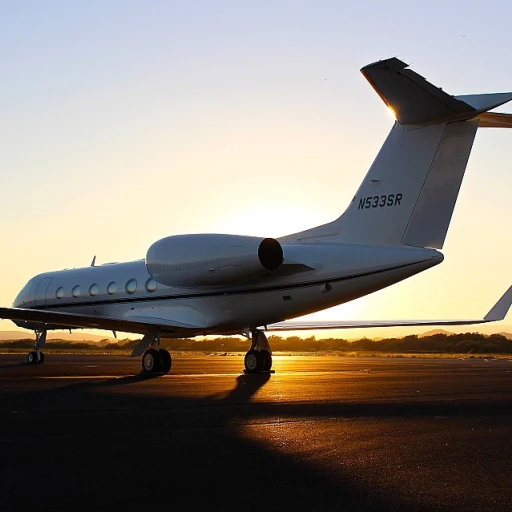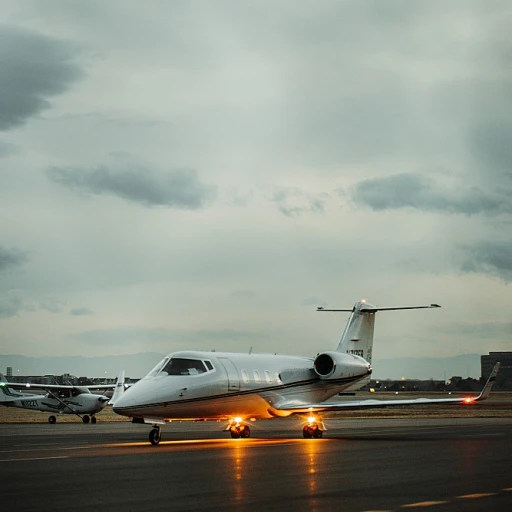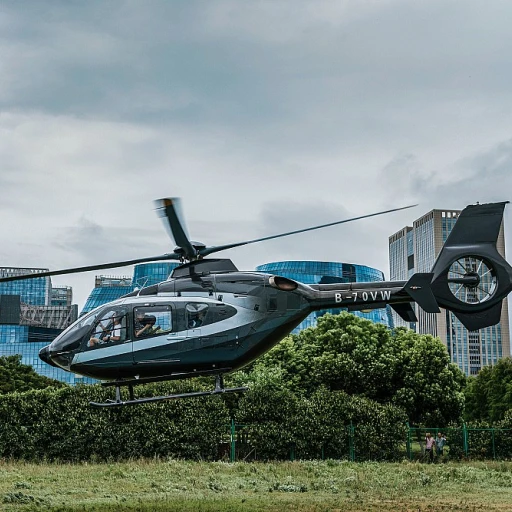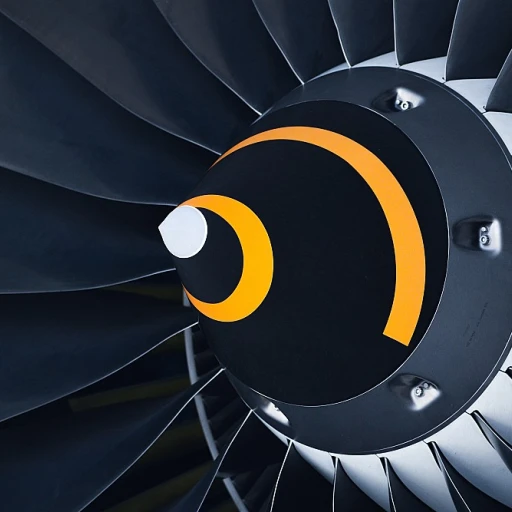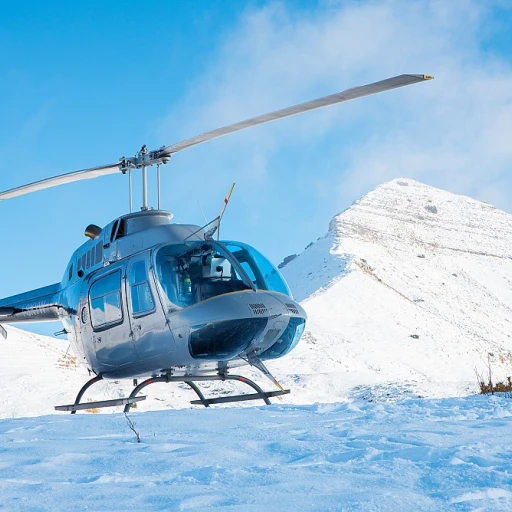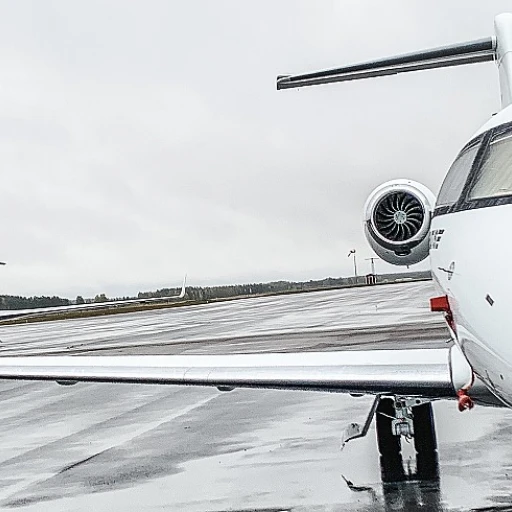
Understanding Hybrid-Electric Technology
Unraveling Hybrid-Electric Technology in Aviation
The impact of hybrid-electric technology on aviation marks a transformative phase, especially within the exclusive realm of private jets. At its core, hybrid-electric systems are designed to combine conventional jet engines with electric propulsion systems. This integration aims to optimize fuel efficiency, reduce emissions, and enhance overall aircraft performance. In the context of private jets, these systems utilize a combination of fuel-powered turbines and electric motors. This dual approach facilitates a smoother transition between power sources, leveraging the strengths of both systems. Electric motors can support take-off and landing sequences, where instant torque is advantageous, while turbines take control during cruise phases, balancing range and efficiency. The movement toward more sustainable technology comes as the aviation industry faces increasing pressure to minimize its carbon footprint. By adopting hybrid-electric setups, private jet manufacturers are not only aiming for environmental benefits but also envisioning a future where operational costs could be significantly reduced. To delve more into the prospects of green aviation technology, check out the discussion on eco-friendly advancements in private jets.Benefits of Hybrid-Electric Tech in Private Jets
The Promise of Greener Skies
Hybrid-electric technology in private jets offers an exciting promise of reduced environmental impact, which is a significant shift from traditional aviation fuels. This technological advancement is set against the backdrop of increasing global pressure to reduce carbon emissions. Private jet operators and manufacturers are eyeing this technology as a means to align with environmental sustainability goals and regulations.
One of the primary advantages of incorporating hybrid-electric systems in luxury jets is a notable reduction in fuel consumption. By utilizing a combination of electric and traditional combustion engines, these aircraft can potentially decrease their carbon footprint significantly. This reduction not only caters to environmentally-conscious flyers but also potentially lowers operational costs associated with fuel expenditures.
Moreover, hybrid-electric technology can lead to quieter flights. The electric motor's operation is inherently less noisy than that of traditional jet engines, making the travel experience more pleasurable for passengers. This could enhance the appeal of private jets for those who value tranquility during air travel.
In terms of performance, hybrid systems can deliver better fuel efficiency at different phases of flight. For instance, electric components are particularly advantageous during takeoff and landing, where they can supplement or replace fuel-intensive processes. This efficiency doesn't merely translate to cost savings; it promotes longer flight ranges and the possibility of accessing a wider array of airports due to decreased noise and emissions.
For more insight into how hybrid-electric technology could revolutionize luxury jets, click here.
Challenges in Implementing Hybrid-Electric Systems
Overcoming the Hurdles of Hybrid-Electric Integration
As the aviation industry explores the potential of hybrid-electric technology, several challenges emerge that could impact the widespread adoption of these systems in private jets. Understanding these obstacles is crucial for stakeholders aiming to revolutionize luxury air travel.
One of the primary challenges is the weight and size of battery packs. Unlike hybrid cars, where the battery can be accommodated with relative ease, aircraft have stringent weight limitations. The additional weight of batteries can affect fuel economy and overall performance, making it essential to find a balance between power and efficiency.
Another significant hurdle is the energy management system. Hybrid-electric vehicles rely on a seamless integration between the combustion engine and the electric motor. In aviation, this requires sophisticated technology to ensure that the transition between power sources is smooth and reliable, especially during critical phases like takeoff and landing.
The cost of development and implementation is also a major consideration. Developing hybrid technology for aviation involves substantial investment in research and development. This includes designing new engine electric systems and testing them extensively to meet safety standards. The high initial costs can deter manufacturers and investors, slowing down the pace of innovation.
Moreover, the infrastructure for charging and maintenance of hybrid-electric jets is still in its infancy. Unlike the automotive industry, where electric vehicle charging stations are becoming more common, the aviation sector lacks a widespread network to support these advanced aircraft. This gap needs to be addressed to ensure the practicality of hybrid-electric private jets.
Despite these challenges, the industry is making strides in overcoming them. For instance, the impressive capabilities of the Learjet 55 demonstrate how manufacturers are innovating to integrate hybrid systems effectively. As technology advances, these obstacles may become less daunting, paving the way for a new era in luxury aviation.
Current Innovations and Developments
Recent Advancements and Innovations
The realm of luxury aviation continues to witness transformative innovations, and the introduction of hybrid-electric technology is no exception. Companies at the forefront of aviation technology are keenly aware of the potential this technology brings and are actively exploring its capability to revolutionize the industry. Hybrid-electric propulsion systems have captured the attention of leading manufacturers and innovators, signaling an industry shift towards more sustainable aviation.
Recent advancements in battery technology play a crucial role in this transformation. Improved energy density and lighter materials make it feasible to integrate hybrid systems into private jets without compromising performance or luxury. Additionally, advancements in electric motors and power electronics enhance the efficiency and reliability of these systems, addressing one of the major concerns: the weight-to-power ratio.
While hybrid-electric technology itself is not an entirely novel concept, its application in luxury private jets represents a significant step forward. Manufacturers are conducting extensive research to enhance the integration of electric components with traditional turbine engines. This effort aims to create a seamless experience that prioritizes not only fuel efficiency but also the timeless sense of opulence expected by discerning travelers.
Furthermore, collaborations between aviation pioneers and electric vehicle industry leaders are fostering a cross-pollination of ideas and knowledge. These partnerships leverage expertise from both fields to accelerate the development and implementation of hybrid-electric technology in aviation. This collaboration promises to yield breakthroughs that will eventually cement the role of hybrid-electric systems in the skies.
As we observe these advancements, it's clear that hybrid-electric technology is poised to redefine luxury travel. The industry's bold strides towards incorporating sustainable practices could indeed set the stage for a new era of eco-conscious opulence, encouraging others to follow suit in adopting green technology into their operations.
Case Studies of Hybrid-Electric Private Jets
Noteworthy Examples in Hybrid-Electric Aviation
The exploration of hybrid-electric technology in luxury aviation has yielded some compelling case studies that highlight both the potential and the existing advancements in this burgeoning field. While full implementation has its challenges, several private jet models stand out for their pioneering efforts in hybrid-electric systems. One of the prominent examples is an aircraft that blends traditional jet engineering with electric propulsion, marking significant strides toward sustainability without compromising on performance. This approach caters to environmentally-conscious consumers aiming to reduce their carbon footprint.- Innovative Design: Hybrid systems generally integrate electric motors that assist in propulsion during certain flight stages, such as takeoff and landing. This blend reduces reliance on traditional fuels while optimizing energy efficiency.
- Efficient Energy Usage: These jets employ advanced battery technologies capable of storing substantial energy, demonstrating that fuel efficiency and luxury travel can coexist without sacrificing passenger comfort.
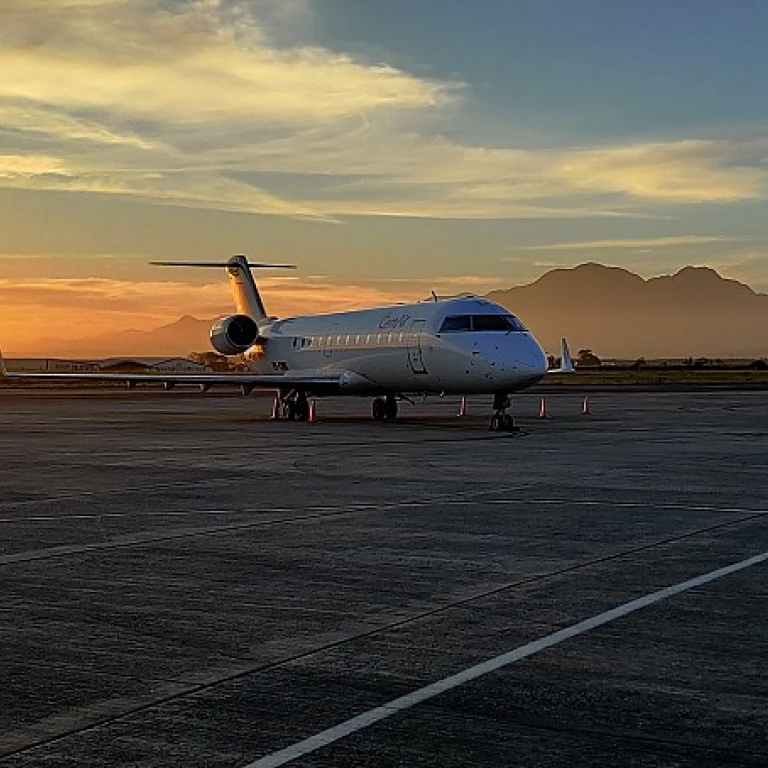
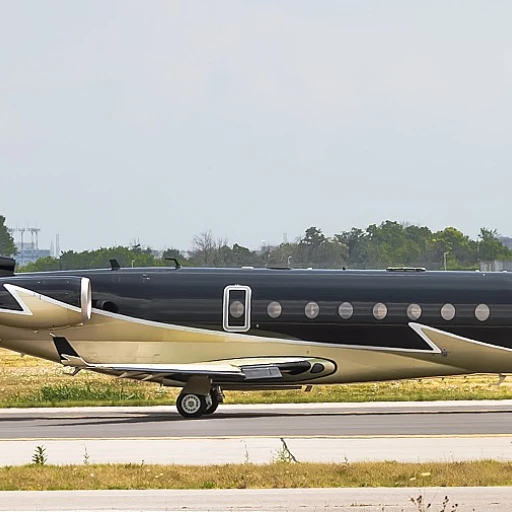

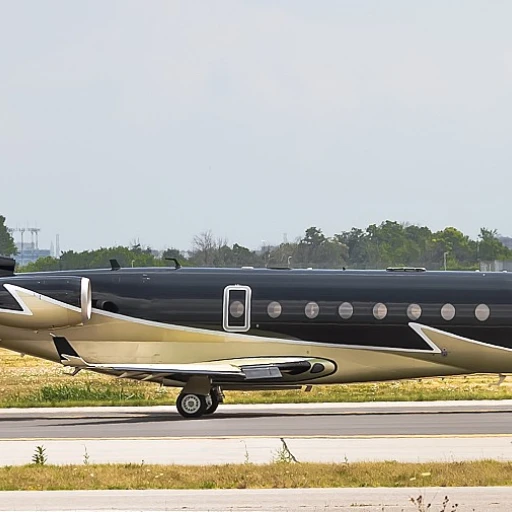

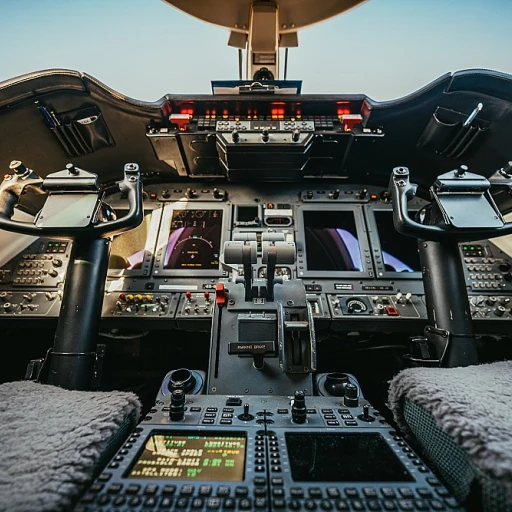
-large-teaser.webp)
